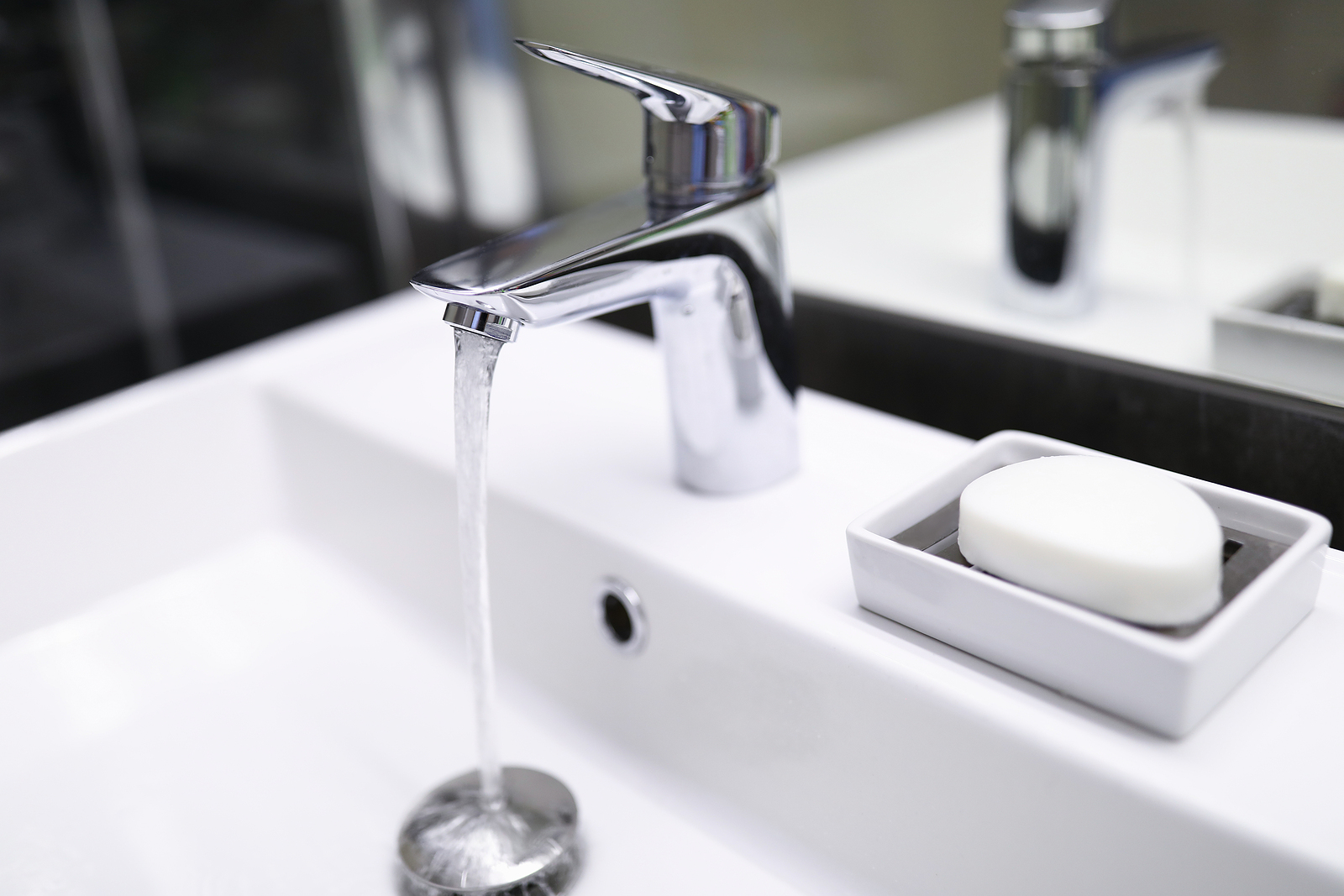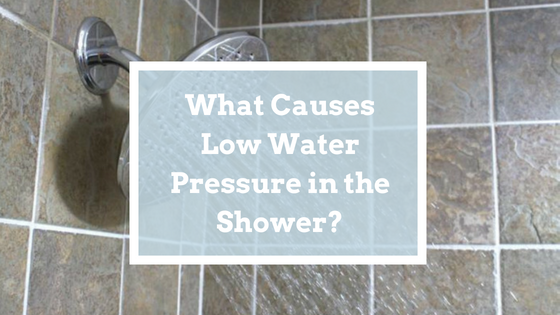If you've noticed a decrease in water pressure in your upstairs bathroom sink, you're not alone. This is a common issue that many homeowners face, and it can be frustrating to deal with. Not only does it make daily tasks like brushing your teeth or washing your face more difficult, but it can also be a sign of a larger plumbing problem. In this article, we'll explore the top 10 reasons for low water pressure in your upstairs bathroom sink and how to fix it.Low water pressure in upstairs bathroom sink
Before we dive into the causes of low water pressure, let's first discuss how to fix it. The good news is, there are several DIY solutions you can try before calling in a professional plumber. First, check the water shut-off valve under the sink to make sure it's fully open. If it is, then you can try removing and cleaning the aerator on your faucet. A clogged aerator can restrict water flow and cause low pressure. If these solutions don't work, then it's time to investigate the underlying causes.How to fix low water pressure in upstairs bathroom sink
There are several possible reasons for low water pressure in your upstairs bathroom sink. One common cause is a clogged pipe. Over time, debris, minerals, and other sediments can build up inside your pipes, restricting water flow. Another possibility is a leak in the pipes. If there is a leak somewhere in the line, it can decrease the amount of water that reaches your sink. Other potential causes include a faulty pressure regulator, a malfunctioning water pump, or even a problem with the municipal water supply.Causes of low water pressure in upstairs bathroom sink
If you're experiencing low water pressure in your upstairs bathroom sink, there are a few steps you can take to troubleshoot the issue. First, check the water pressure in other areas of your home, such as the kitchen sink or shower. If the water pressure is low in these areas as well, then the issue is likely with the main water supply. If the pressure is only low in the upstairs bathroom sink, then it's likely a localized problem that can be fixed with some simple solutions.Troubleshooting low water pressure in upstairs bathroom sink
If you've determined that the problem is isolated to your upstairs bathroom sink, then there are a few DIY solutions you can try. As mentioned before, cleaning the aerator and checking the shut-off valve are good places to start. You can also try flushing out your pipes by turning off the main water supply and opening all the faucets in your home. This can help to dislodge any debris or sediment that may be causing the low pressure. Another DIY solution is to install a water pressure booster, which can help increase the pressure in your pipes.DIY solutions for low water pressure in upstairs bathroom sink
If the DIY solutions don't work or you're not comfortable attempting them, then it's time to call in a professional plumber. A licensed plumber will have the knowledge and tools to accurately diagnose the cause of your low water pressure and provide an effective solution. They may also be able to detect any underlying issues that could be causing the problem, such as a leak or faulty pressure regulator. While it may cost more upfront, hiring a professional can save you time, money, and frustration in the long run.Professional plumber for low water pressure in upstairs bathroom sink
Once the cause of your low water pressure has been identified, it's time to fix it. Depending on the issue, the solution may be as simple as replacing a part or as complex as re-piping your entire home. If the problem is a clogged pipe, a plumber can use specialized tools to clear the blockage. If there is a leak, they can locate and repair it. In some cases, a pressure regulator may need to be adjusted or replaced. Whatever the solution may be, fixing the low water pressure in your upstairs bathroom sink will make your daily tasks much easier.Upstairs bathroom sink low water pressure fix
If you notice a sudden decrease in water pressure in your upstairs bathroom sink after flushing the toilet, it could be a sign of a larger issue. This is known as a "pressure drop" and can be caused by several factors, including a faulty pressure regulator, a leak in the pipes, or a clogged sewer line. If this issue persists, it's best to call a plumber to determine the root cause and find a solution.Low water pressure in upstairs bathroom sink after flushing toilet
If you're tired of dealing with low water pressure in your upstairs bathroom sink, there are a few steps you can take to increase it. One option is to install a water pressure booster, as mentioned before. You can also check the size of your pipes, as smaller pipes can restrict water flow. If you have hard water, installing a water softener can also help improve water pressure. Additionally, regularly cleaning and maintaining your plumbing system can prevent future issues with low water pressure.How to increase water pressure in upstairs bathroom sink
If you're experiencing low water pressure in both your upstairs bathroom sink and shower, then the issue is most likely with the main water supply. As mentioned before, it could be due to a problem with the municipal water supply, a faulty pressure regulator, or a clog in the pipes. In this case, it's best to call a professional plumber to accurately diagnose and fix the issue.Low water pressure in upstairs bathroom sink and shower
How to Fix Low Water Pressure in Your Upstairs Bathroom Sink

Causes of Low Water Pressure
 There are several possible reasons why you may be experiencing low water pressure in your upstairs bathroom sink. The most common cause is a clogged or partially blocked
water pipe
. This can happen due to a build-up of mineral deposits, debris, or even tree roots in older homes. Another possible cause is a faulty
pressure regulator
, which controls the flow of water into your home and may need to be adjusted or replaced.
There are several possible reasons why you may be experiencing low water pressure in your upstairs bathroom sink. The most common cause is a clogged or partially blocked
water pipe
. This can happen due to a build-up of mineral deposits, debris, or even tree roots in older homes. Another possible cause is a faulty
pressure regulator
, which controls the flow of water into your home and may need to be adjusted or replaced.
Ways to Improve Water Pressure
 If you're experiencing low water pressure in your upstairs bathroom sink, there are a few
DIY solutions
you can try before calling a plumber. First, check the
water shut-off valve
near your sink and make sure it is fully open. If it's partially closed, this could be the cause of your low water pressure. You can also try
cleaning the aerator
on your sink faucet, as it may be clogged with debris. Another option is to
flush out your pipes
by turning on all the faucets in your home at once and letting the water run for a few minutes.
If you're experiencing low water pressure in your upstairs bathroom sink, there are a few
DIY solutions
you can try before calling a plumber. First, check the
water shut-off valve
near your sink and make sure it is fully open. If it's partially closed, this could be the cause of your low water pressure. You can also try
cleaning the aerator
on your sink faucet, as it may be clogged with debris. Another option is to
flush out your pipes
by turning on all the faucets in your home at once and letting the water run for a few minutes.
Calling a Professional
 If these DIY solutions don't improve your water pressure, it may be time to call a
professional plumber
. They will be able to
diagnose the root cause
of your low water pressure and provide a long-term solution. This may include
replacing old pipes
or
upgrading your pressure regulator
. Having a professional handle the issue can ensure that the problem is properly fixed and prevent any further damage to your home's plumbing system.
If these DIY solutions don't improve your water pressure, it may be time to call a
professional plumber
. They will be able to
diagnose the root cause
of your low water pressure and provide a long-term solution. This may include
replacing old pipes
or
upgrading your pressure regulator
. Having a professional handle the issue can ensure that the problem is properly fixed and prevent any further damage to your home's plumbing system.
Conclusion
:max_bytes(150000):strip_icc()/testing-water-pressure-in-your-home-2718692-04-c37ab3236d0d4b61b87079ebf9ef823e.jpg) Low water pressure in your upstairs bathroom sink can be frustrating and inconvenient, but it's a common issue that can be fixed. By identifying the cause and taking the necessary steps, you can improve the water pressure in your sink and enjoy a more efficient and enjoyable bathroom experience. Whether it's a simple DIY fix or a job for a professional, don't hesitate to take action and get your water pressure back to normal.
Low water pressure in your upstairs bathroom sink can be frustrating and inconvenient, but it's a common issue that can be fixed. By identifying the cause and taking the necessary steps, you can improve the water pressure in your sink and enjoy a more efficient and enjoyable bathroom experience. Whether it's a simple DIY fix or a job for a professional, don't hesitate to take action and get your water pressure back to normal.






















































:max_bytes(150000):strip_icc()/testing-water-pressure-in-your-home-2718692-04-c37ab3236d0d4b61b87079ebf9ef823e-c1e1ef0104fb44778a287bd9bb5ec140.jpeg)





















